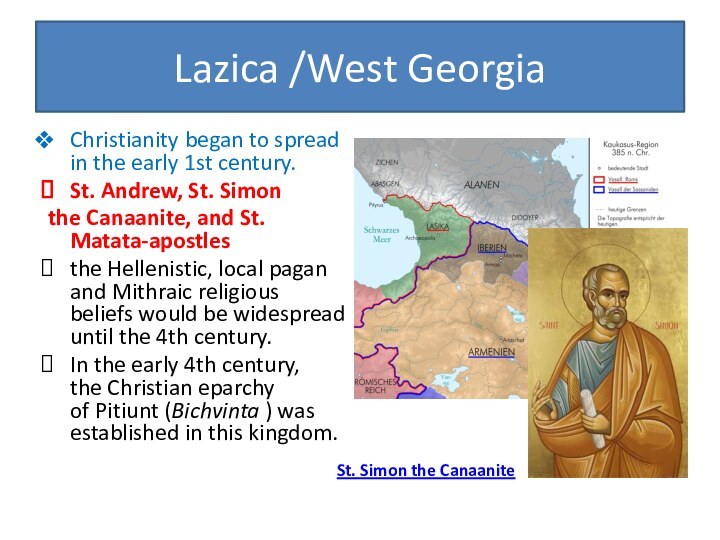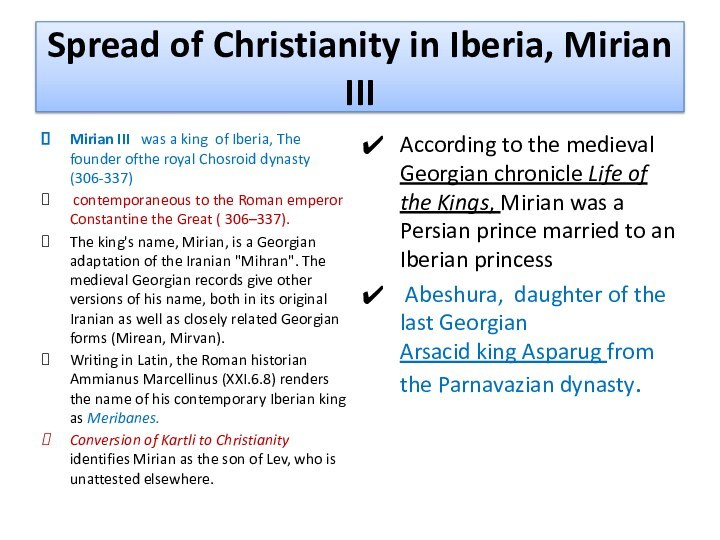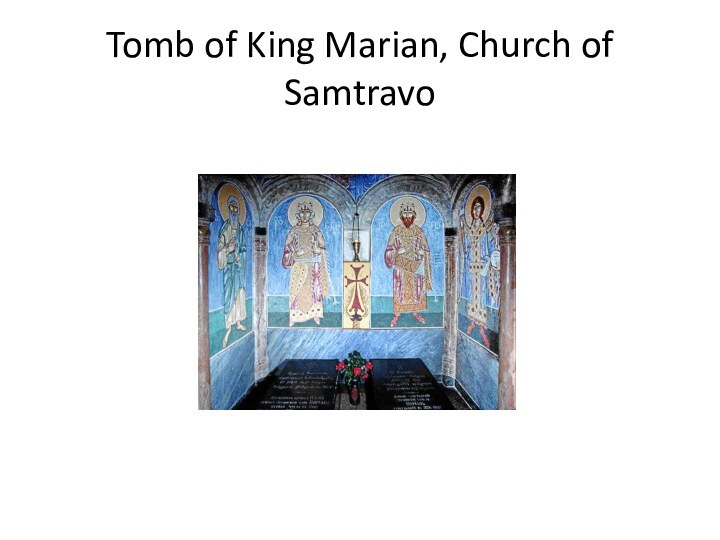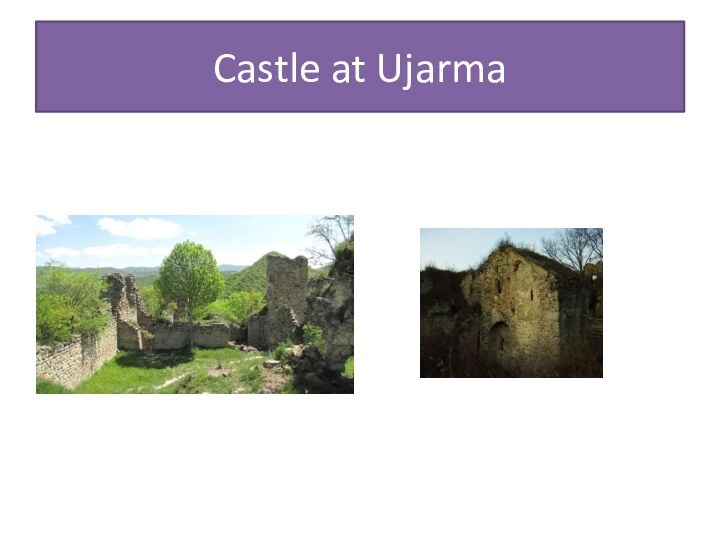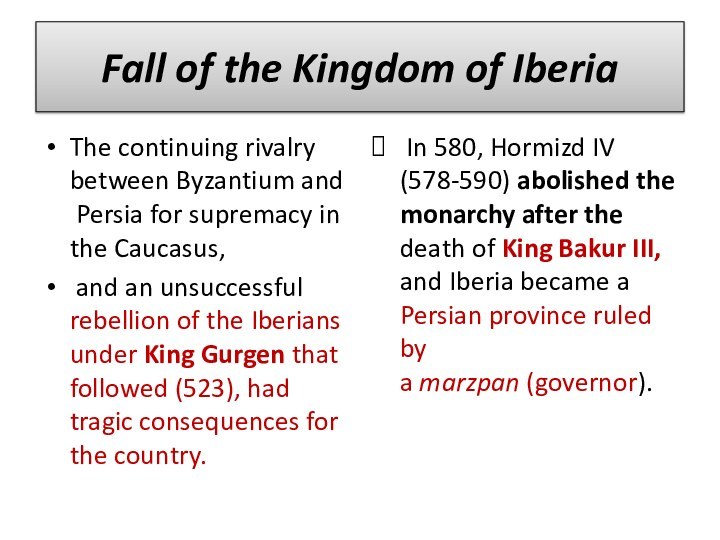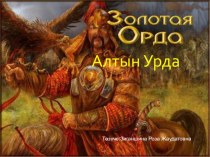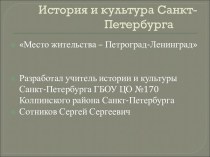was a king of Iberia, The founder ofthe royal
Chosroid dynasty (306-337)
contemporaneous to the Roman emperor Constantine the Great ( 306–337).
The king's name, Mirian, is a Georgian adaptation of the Iranian "Mihran". The medieval Georgian records give other versions of his name, both in its original Iranian as well as closely related Georgian forms (Mirean, Mirvan).
Writing in Latin, the Roman historian Ammianus Marcellinus (XXI.6.8) renders the name of his contemporary Iberian king as Meribanes.
Conversion of Kartli to Christianity identifies Mirian as the son of Lev, who is unattested elsewhere.
According to the medieval Georgian chronicle Life of the Kings, Mirian was a Persian prince married to an Iberian princess
Abeshura, daughter of the last Georgian Arsacid king Asparug from the Parnavazian dynasty.


